

James Wong
2026 Nissan Ariya review
3 Days Ago

News Editor
Toyota Australia announced last week another raft of vehicles that will lose petrol power, but it says this move isn’t in response to new vehicle emissions standards.
“This is not a result of the impending NVES [New Vehicle Efficiency Standard],” Sean Hanley, Toyota Australia vice president for sales, marketing and franchise operations, told Australian media.
“This is trends that are in the market now.
“In fact, the new mandated standard confirms the foresight of Toyota strategy.”
Toyota has committed to what it calls a multi-pathway approach to decarbonisation, offering a range of hybrid, electric, and hydrogen fuel-cell electric vehicles – as well as plug-in hybrids, of which it has yet to introduce any in Australia.
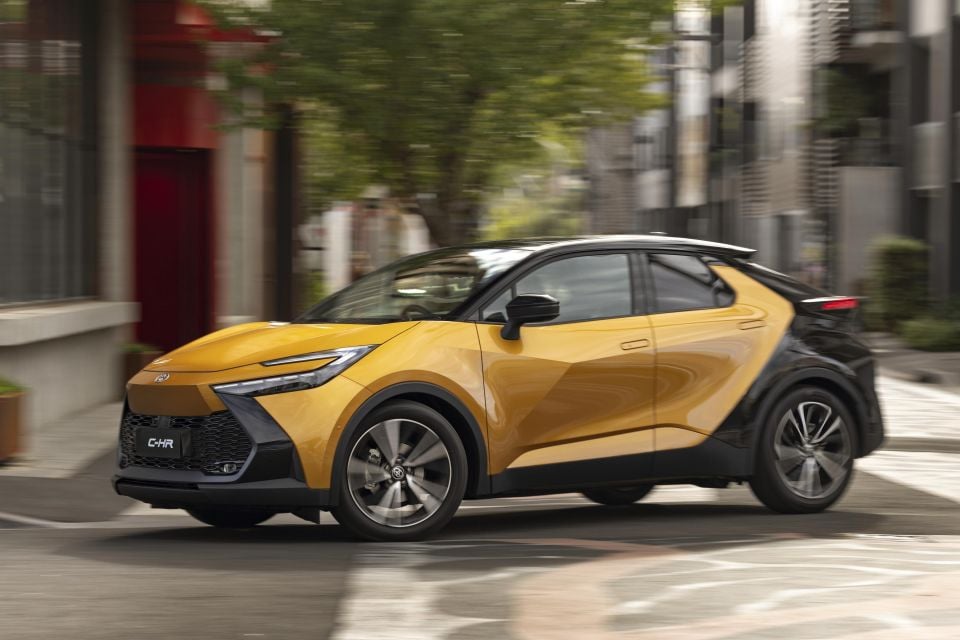
It has just one electric vehicle (EV), the bZ4X, but has rolled out hybrid powertrains across the Yaris, Yaris Cross, Corolla, Corolla Cross, C-HR, Camry, RAV4 and Kluger – all of which are now exclusively offered with hybrid power.
Some of these vehicles, like the C-HR and Camry, had already been confirmed to be going hybrid-only globally with their latest generations.
Toyota’s hybrid sales have steadily been growing in Australia. It launched its first hybrid locally in 2001, but by 2017, they still accounted for just seven per cent of the brand’s total volumes.
In 2020, overall hybrid share almost doubled from the year before to more than a quarter of Toyota sales, before reaching a record 33.5 per cent in 2023.
In the first five months of this year, hybrids have accounted for 46.6 per cent of Toyota sales.
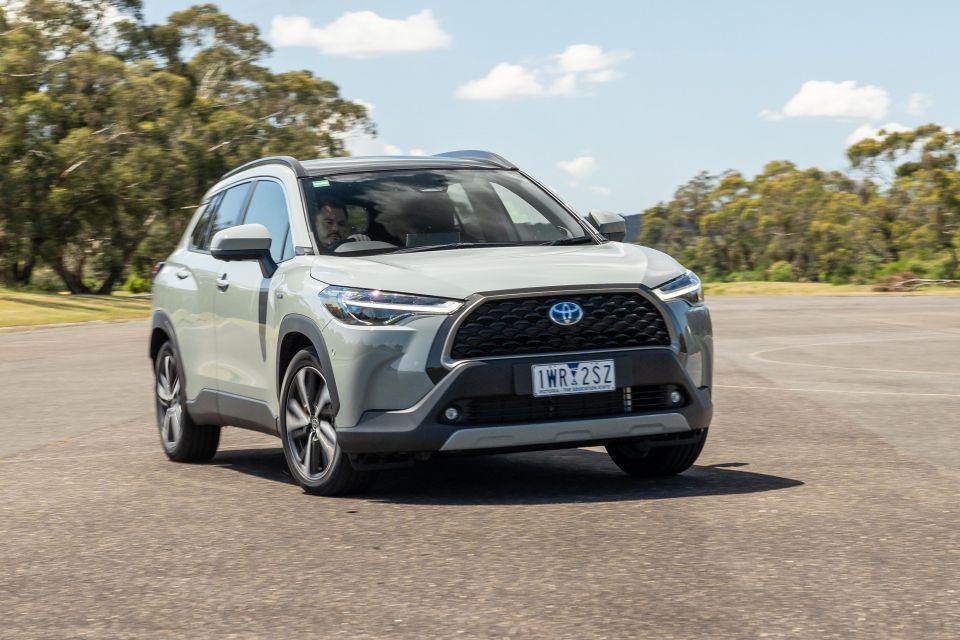
To the end of May, Toyota has delivered 46,821 hybrids. That means Toyota’s hybrid lineup alone is outselling the entire lineups of every other brand in Australia.
Toyota had criticised the Australian Government’s initial preferred option for the NVES, arguing it was too stringent and would drive up the cost of vehicles.
The NVES will give car companies a CO2 target and if they meet or beat it, they’ll receive credits. If they miss it, they can either trade credits with a different supplier, make it up over a set period, or pay a penalty.
The scheme will go into effect on January 1, 2025, with penalties to come into effect on July 1, 2025.
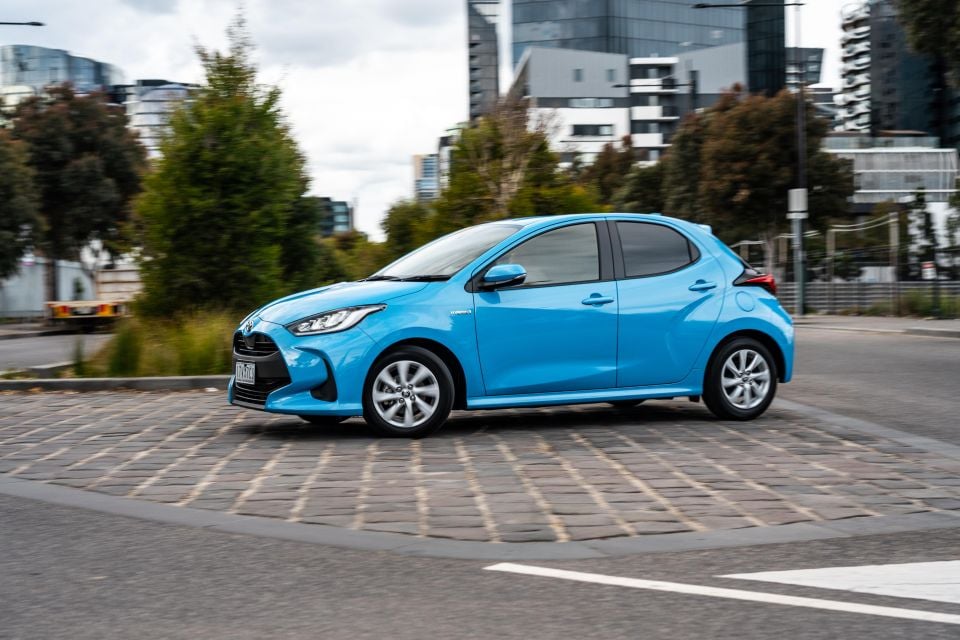
While the penalty remains the same as in the Government’s initial preferred option – $100 per gram of CO2 per kilometre – there were changes made to the proposed scheme before it was introduced to Parliament, some of which had been suggested by Toyota.
For example, in its submission to the Government, it had called for passenger vehicles to have different overall CO2 targets from large SUVs and utes.
However, it was unsuccessful in calling for aspects like super credits, which would allow zero- or low-emissions vehicles to be counted more than once.
While the bulk of Toyota’s lineup is now hybrid-only in Australia, it still offers a wide range of diesel-powered utes and SUVs like the HiLux and LandCruiser Prado, plus a handful of petrol-powered performance cars including the GR86.
MORE: Here’s what’s in Australia’s new vehicle emissions regulation bill MORE: Toyota RAV4, Corolla, Camry, Corolla Cross, Kluger go hybrid-only in Australia
Where expert car reviews meet expert car buying – CarExpert gives you trusted advice, personalised service and real savings on your next new car.
William Stopford is an automotive journalist with a passion for mainstream markets and historical automotive pieces.


James Wong
3 Days Ago


William Stopford
3 Days Ago


Josh Nevett
2 Days Ago
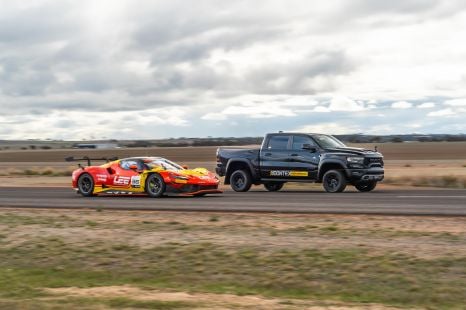

Paul Maric
1 Day Ago


Ben Zachariah
16 Hours Ago
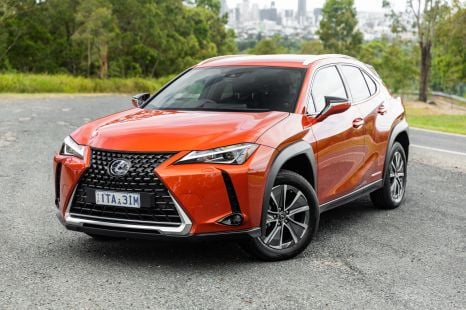

William Stopford
16 Hours Ago